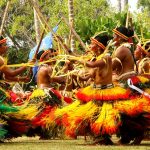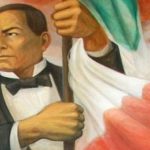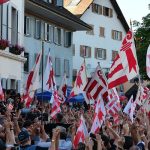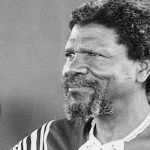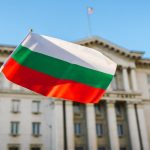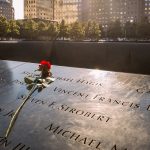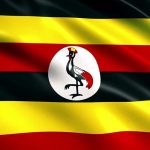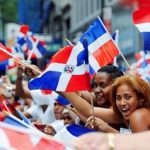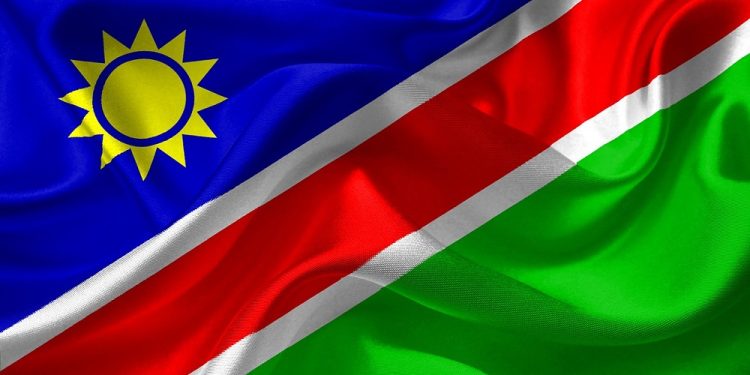
Independence Day in Namibia
Observed annually in Namibia on March 21st, Independence Day is a holiday that celebrates the country’s independence from South Africa on this date in 1990. After becoming independent, Sam Nujoma became the first president of the country at a ceremony attended by Nelson Mandela.
On this holiday, people can expect to see the streets jammed with people and parades. Since it’s a national holiday, the general public also has a day off, and government buildings, schools, and many businesses are closed. It’s a day for everyone in Namibia to celebrate their freedom and spend time with their friends and family members.
The History of Independence Day in Namibia
During the 19th century, Namibia was made a German colony called German South-West Africa. When Germany was defeated during WWI, the League of Nations mandated that South Africa was responsible for administering the country.
After WWII, in 1946, the League of Nations was dissolved and the United Nations was created. The UN then instituted a Trusteeship to bring all of these former German colonies under their control.
South Africa refused to relinquish control, arguing that most of the people in the territory were content with their current government situation. During the 1970s, the People’s Liberation Army of Namibia led the struggle for independence against South Africa.
In 1988, South Africa agreed to end its occupation of Namibia, and on March 21, 1990, the area adopted its current flag and renamed itself Namibia. This day has been celebrated as a holiday ever since.
Observing Independence Day in Namibia
All across Namibia, this holiday is celebrated with street festivals, parades, and dancing. People also spend time with their friends and family members. Because this is a public holiday, government offices, businesses, and schools are closed on this day as well. People also enjoy traditional Namibian food such as Oshithima, Oodhingu, and Omagungu.
